Jamesina Scott, Mosquito Research and Control, Dept Entomology.
(Jamie is now at Lake County Mosquito Control, California)
| Figures (photos) are shown below table. | Exotic Aedes mosquitoes | Native Aedes mosquitoes | ||
|---|---|---|---|---|
| Ae. albopictus | Ae. japonicus | Ae. atropalpus | Ae. triseriatus | |
| Upper & lower head hairs |
Single (upper head hair may be double or triple) and in a box arrangement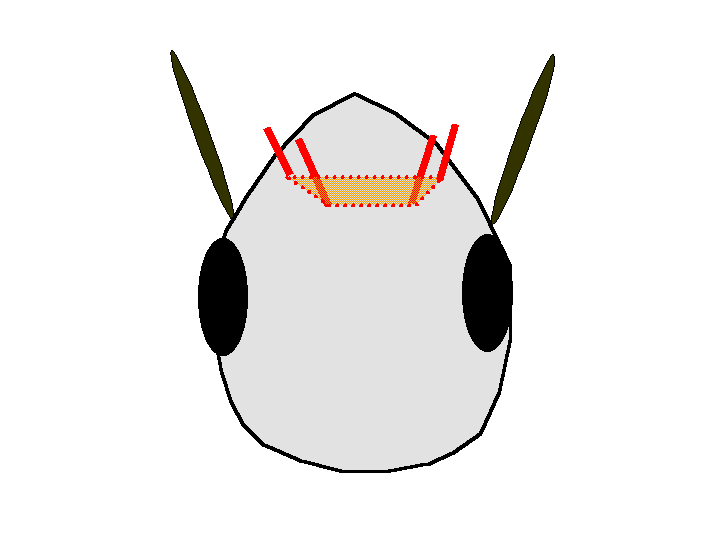 |
Multiple and in a straight line (Fig. 1)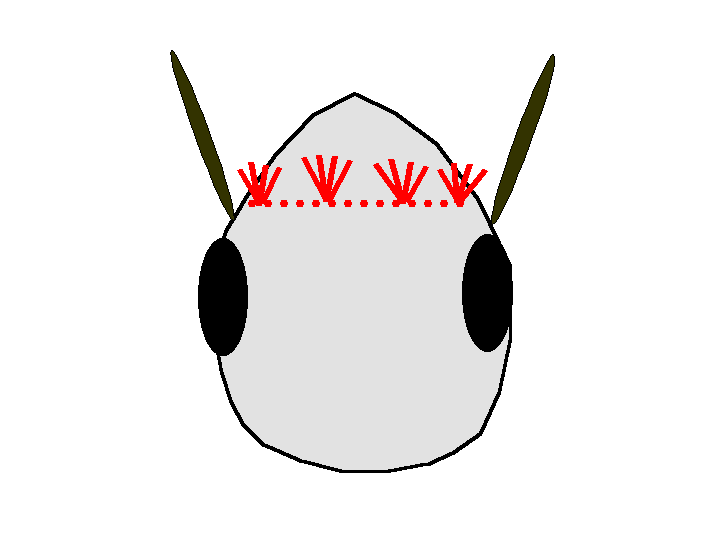 |
Single and in a box arrangement. (Fig. 2) |
Single (upper head hair rarely double) and in a box arrangement |
| Anal gills | Equal and blunt (sausage-shaped) | Equal and tapering | Equal and tapering | Unequal and blunt |
| Anal saddle |
Smooth (Fig. 4) |
Conspicuously spiculated (Fig. 3) |
Smooth or weakly speculated. (Fig. 4) |
Smooth (Fig. 4) |
| Lateral hair |
|
|
|
|
| Comb scales | Aligned in a single, neat row | In a patch | In a patch | In a single, or partly double row. Never aligned in a neat row. |
| Siphonal tuft |
|
|
|
|
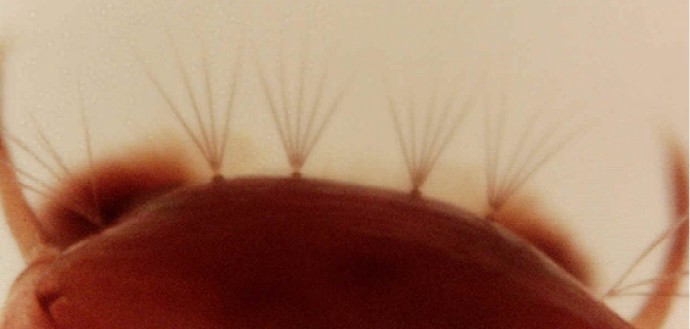
Aedes japonicus
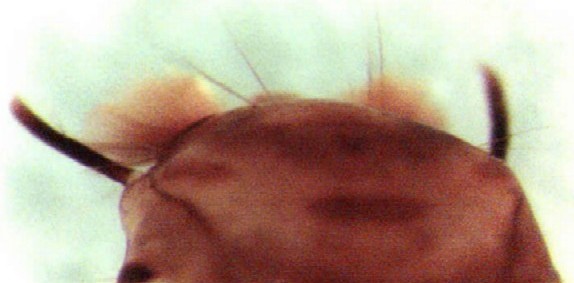
Aedes atropalpus
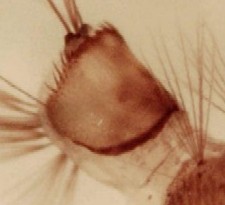
>Aedes japonicus
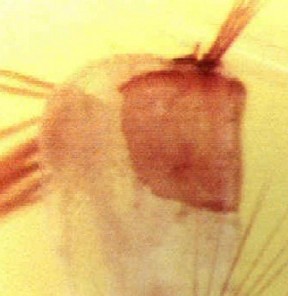
Aedes atropalpus
